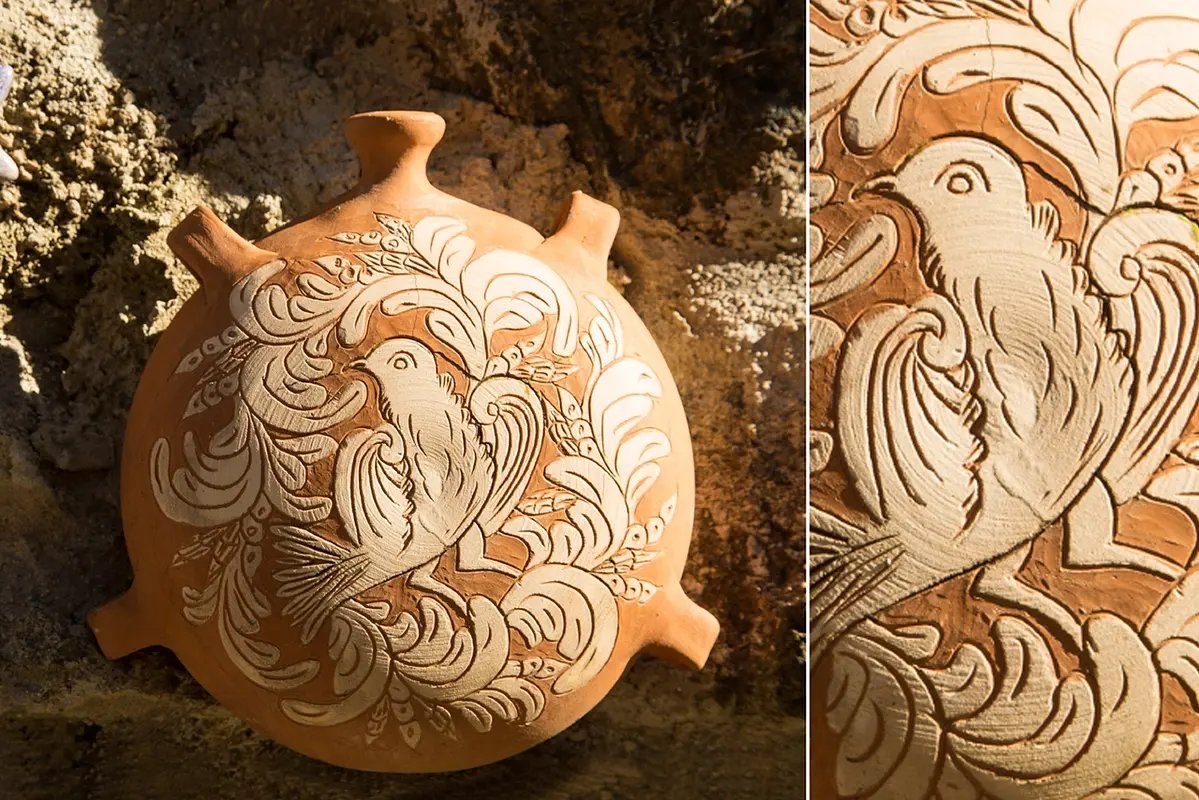

The ceramics of Squillace
Bearing witness to a history dating back thousands of years, these art ceramics uncover an interesting aspect of city life



Where

Squillace and pottery, a centuries-long love affair
The art of forming clay in the Squillace area is lost over the centuries. Inhabitants of the Greek colony Skylletion, and later of the Roman Scolacium, used to shape clay to construct everyday utensils. Scratched pottery of a warm, dark red color becomes the typical characteristic production of Squillace masters even then.
A special technique: engobing
The characteristic feature of Squillacese ceramics is in fact represented by the ancient technique of engobe, a procedure that consists of coating the artifact with a veil of kaolin, a white-colored clay, which is then decorated by scratching with a sharp point. The clay, thus bared, takes on a dark red color in first firing in contrast to the whitish engobed ornamentation.
Traditional pottery today: the consortium and artisan workshops
The great artistic ferment of the past lives again today in the will of young artisans united in a consortium called "Le Ceramiche di Squillace." Several art workshops are currently active , especially along Corso Guglielmo Pepe and its surroundings. On display there are ceramic objects, which draw on the classical tradition, and artifacts including rustic objects: limbe (bowls), vozze (jugs), salaturi (vases), giarre (large containers).
Squillace City of Ceramics: the DOC mark.
Squillace, officially recognized as the City of Ceramics, is the only locality in Calabria to affix the DOC mark to the creations of its artisans , two concentric volutes, recalling the shaping of clay on a rotating potter's wheel, with the words "Artistic & Traditional Ceramics."
Enter the Map of Italy's Undiscovered Wonders and find treasures where you least expect it... Inspire, Recommend, Share...
The Map thanks:
PSC 2014-2020 del Ministero del turismo - Avviso “Montagna Italia” - Progetto le Montagne del sole - Codice CUP J38J22000450008


